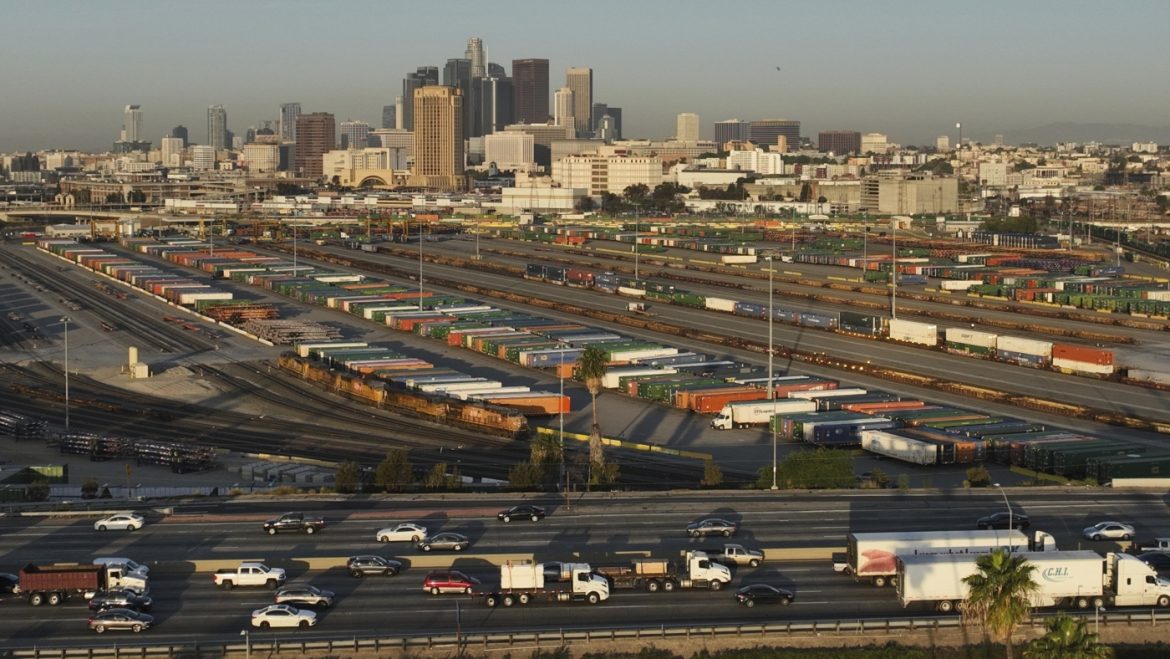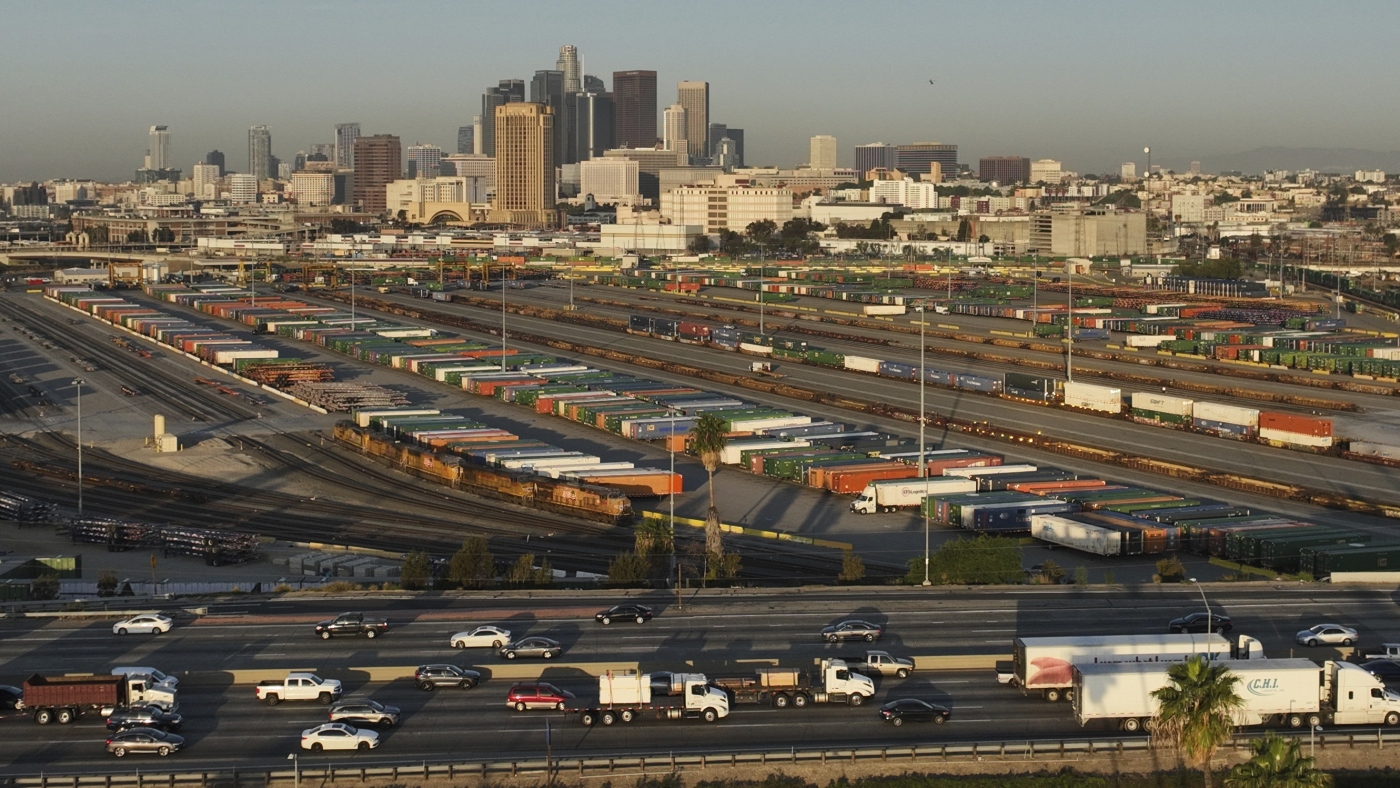The Unseen Impact of Urban Deforestation
In the sprawling metropolis of Los Angeles, an unusual crime wave unfolded recently, as Samuel Patrick Groft, a man on a bicycle, embarked on a bizarre mission to chop down trees. This act, though seemingly isolated, sheds light on the broader issue of urban deforestation and its multifaceted impacts on communities. This report delves into the ecological, social, and economic consequences of such actions, and the urgent need for awareness and action.
The Ecological Ripple Effect
Immediate Environmental Damage
The act of chopping down trees, regardless of the scale, triggers an immediate environmental response. Trees are not just silent sentinels; they are vital components of the urban ecosystem. They absorb carbon dioxide, release oxygen, and provide habitat for numerous species. The removal of even a single tree can disrupt this delicate balance, leading to increased air pollution and a decline in local biodiversity.
Long-term Ecological Consequences
The long-term effects of urban deforestation are even more alarming. Trees play a crucial role in mitigating the urban heat island effect, where cities are significantly warmer than their rural surroundings due to human activities. Without trees, urban areas become heat traps, exacerbating the effects of climate change. Moreover, trees help in water retention and prevent soil erosion, which are essential for maintaining the health of urban landscapes.
Social Implications
Community Health and Well-being
Trees are not just ecological assets; they are also vital for community health and well-being. Urban green spaces, enriched by trees, provide residents with places to relax, exercise, and connect with nature. The absence of these spaces can lead to increased stress levels, reduced physical activity, and a decline in mental health. Children, in particular, are deprived of natural play areas, which are crucial for their cognitive and emotional development.
Social Cohesion and Community Engagement
Trees and green spaces also foster social cohesion. They serve as community gathering spots, encouraging interaction and engagement among residents. The loss of these spaces can lead to social isolation and a decline in community spirit. In densely populated urban areas like Los Angeles, this can have far-reaching social implications, affecting everything from crime rates to community resilience.
Economic Ramifications
Property Values and Urban Development
The economic impact of urban deforestation is often overlooked but is equally significant. Trees and green spaces can enhance property values, making neighborhoods more desirable and livable. Conversely, the removal of trees can lead to a decline in property values, affecting homeowners and the broader economy. Urban development projects that prioritize concrete over greenery can also lead to increased construction costs and maintenance expenses in the long run.
Tourism and Local Economy
For a city like Los Angeles, known for its vibrant culture and natural beauty, trees and green spaces are significant tourist attractions. The loss of these assets can deter tourists, impacting the local economy. Restaurants, hotels, and local businesses that rely on tourism can suffer, leading to job losses and economic stagnation.
The Need for Awareness and Action
Policy and Legislation
To mitigate the impacts of urban deforestation, there is an urgent need for robust policy and legislation. Cities must prioritize the protection and preservation of their green spaces. This includes implementing strict regulations against unauthorized tree removal, promoting urban reforestation projects, and incentivizing green building practices.
Community Involvement
Community involvement is crucial in the fight against urban deforestation. Residents must be educated about the importance of trees and green spaces, and encouraged to participate in local conservation efforts. Community gardening, tree-planting drives, and awareness campaigns can go a long way in fostering a culture of environmental stewardship.
Technological Innovations
Technological innovations can also play a significant role in combating urban deforestation. Drones, satellite imagery, and GIS mapping can help in monitoring urban green spaces and detecting unauthorized tree removal. Smart city technologies can also be employed to create sustainable urban landscapes that prioritize greenery and biodiversity.
Conclusion
A Call to Action
The case of Samuel Patrick Groft serves as a stark reminder of the unseen impacts of urban deforestation. It is a call to action for policymakers, community leaders, and residents to come together and protect the green spaces that sustain our cities. The future of our urban landscapes depends on our ability to value and preserve the natural world within them. Let us strive to create cities that are not just concrete jungles, but thriving ecosystems where nature and humanity coexist in harmony.


